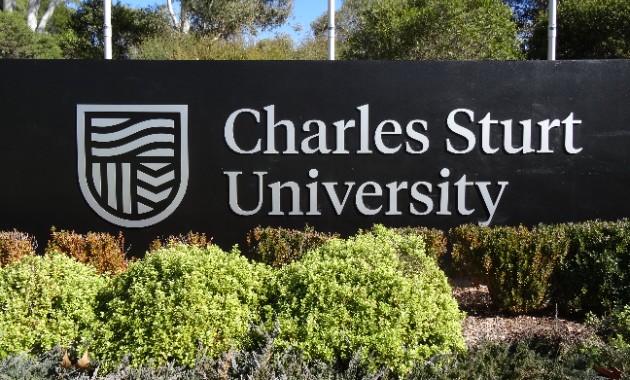“If you think the state's hospital waiting lists are shocking, have a look at the waiting lists for treatment in the public dental system. If you can afford a private dentist, a general shortage of practitioners threatens to create crisis in that sector as well.”
The ABC TV program Stateline telling it like it is two weeks ago. In country NSW, “the situation for private and public dentists in rural areas is dire. People are having to travel huge distances, even if they have got the money to pay up-front. They wait months and months and months,” says Dr Catherine Errey, co-founder of the Rural Dental Action Group.
Ken Croskell is the General Manager of Bourke Shire Council. ”Obviously city people don’t realise how inconvenient it is to live in a town where there’s no dentist or doctor. In Bourke’s case [in Far West NSW], if we don’t replace our dentist, the next nearest dentist is 200 kilometres, so that’s a major problem.”
That dentist, Dr Ian Liddell, is about to close his practice, leaving Bourke and the local Aboriginal Medical Service, without a dentist. He can’t find a locum, let alone someone to replace him. “Graduates choose to go into their own community, and quite frankly, it’s a major culture shock for anyone that has been brought up in the city all his or her life to go to a place like Bourke.”
Professor Mark Burton, Charles Sturt University’s (CSU) Dean of the Faculty of Health Studies, believes he has the answer. He has negotiated ‘rural pathways’ to streamline regional students into committed places in Sydney University’s Dental and Medical degrees. “It is possible to influence health care students to practise in rural areas. Students from a rural background are more willing to work as dentists and doctors in rural areas.”
What does Dr Liddell think of the rural pathways project? “Of course it will help. It’s definitely a step in the right direction.”
CSU has already had tremendous success placing graduates in pharmacy, physiotherapy, podiatry, radiography, occupational therapy and nursing into rural and regional practice.
Between 1995 – 2000 (before the first CSU pharmacy graduates) fewer than 15 of all NSW pharmacy graduates located to regional areas. That’s not 15 a year, that’s 15 over five years. Every single year since CSU’s first pharmacy graduates, 35 graduates or more have chosen to practise in rural and regional settings. That’s an extra 117 pharmacists practising in rural and regional Australia in a period of just three years.
“I think it’s a wonderfully creative solution to our problem. Mark Burton’s very good at judging what will and won’t work. He did a dental feasibility study for a dental school, but he realised we were not going to get funding, so he found another way of doing it. The whole idea of training people in the country is a huge step forward in getting people to work in the country, that’s been shown by the pharmacy statistics, ” says Dr Errey, adding “poor dental health has been linked to pneumonia, heart disease, premature birth and Alzheimer’s.”
Dr Matthew Fisher from the Australian Dental Association (NSW Branch) says the workforce problem needs action now. “We welcome initiatives such as this. Our interest is seeing a sustainable workforce, and we know there are great problems across regional and rural issues.”





Social
Explore the world of social